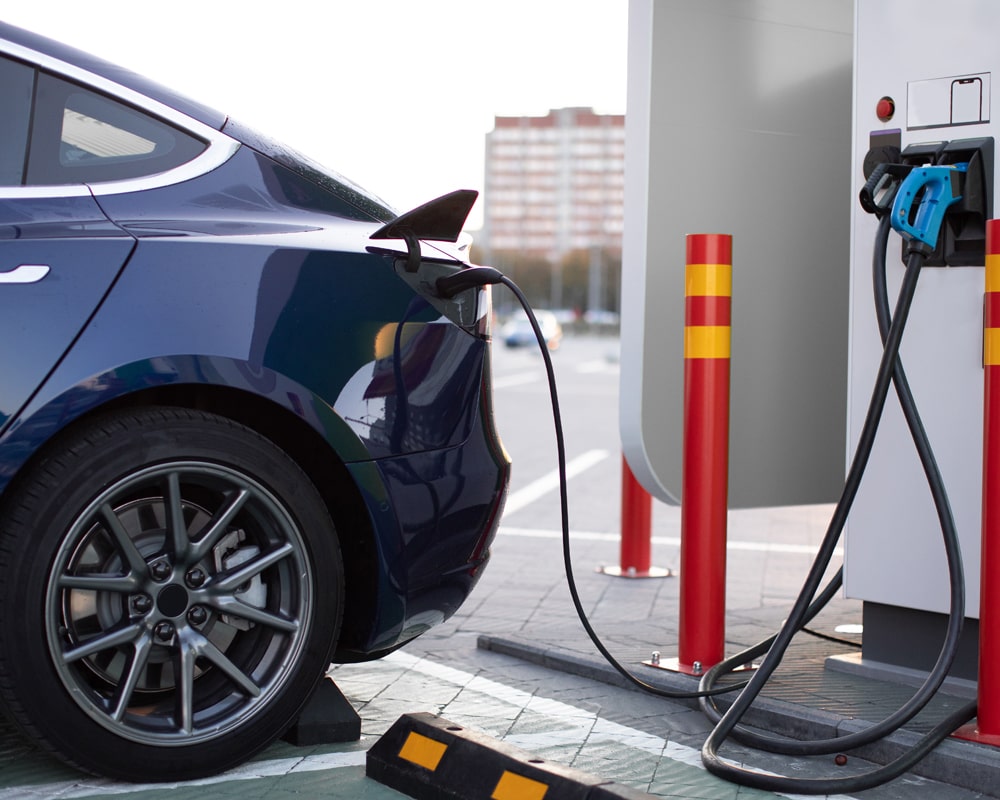


February 22, 2022 Chirag Pathak Operations , Development , Business ,
As the COVID-19 crisis continues to evolve, the mobility industry must adapt quickly to the requirements of the new normal. The pandemic has driven changes in consumer behaviour, technology and regulatory trends which could have a lasting impact on the automotive landscape. Passengers are considering hygienic and safer modes of transport such as opting for private cars over shared rides. Social distancing norms have significantly reduced travel frequency through public transport. As the work from home model continues, the demand for e-hailing and taxis has considerably decreased. Recent McKinsey research has revealed that consumer spending on mobility services may decline by 40-50%, leading to a roughly 10% reduction in GDP. It may seem that the acceleration of future mobility has come to a halt, but this first impression overlooks recent developments due to changing consumer preferences, technologies, and regulations that will have a tremendous impact on mobility’s future.
Autonomous driving, connected cars, electrified vehicles and Shared mobility (ACES) is hot topics of discussion in the mobility space. Autonomous vehicles are driven by developments in new and innovative technologies such as augmented reality, artificial intelligence and smart navigation, requiring minimal to zero driver intervention. A new report by McKinsey & Company, predicts that by 2030, 15 percent of global automotive sales will be of fully autonomous cars, and the industry will continue to undergo massive technological changes.
Connected vehicles would be equipped with communication technologies to ensure (Vehicle-to-Vehicle V2V), roadside infrastructure (Vehicle-to-Infrastructure V2I) and cloud (V2C) communication. Electrified vehicles would leverage the latest technologies in battery charging and storage technology. Shared mobility has already been implemented that allows a passenger to share his/her cab with a stranger.
The key objectives for the paradigm shift from traditional mobility landscape to ACES include:
ACES vehicles are likely to impact customer loyalty that is primarily driven by appearance more than functionality and price. ACES vehicle's design is driven by functionality and intended use. The focus of ACES vehicles would be their ability to withstand pressure, wear and damage. Automated shared vehicles would be light-weighting which is an important factor to enhance driving performance and meet fuel economy standards. The ACES vehicles will also help enhance passenger safety by significantly reducing human errors that lead to serious crashes.
Pandemic caused manufacturing shutdowns, massive layoffs, disruption in supply-chain, chip (semiconductor) shortages, etc. However, chip shortage continues to remain a challenge for the players despite the post-pandemic recovery. The global automotive industry is evolving to adapt and accommodate radical changes in the business model. Automotive players are reinventing their organizations with digital technologies. The automobile sector is also facing threats like extensive competition among existing players, leaving little opportunity for new entrants. Constant fluctuations in fuel prices have significantly impacted the industry. The pandemic has led to sudden unemployment and macroeconomic uncertainty that daunts the automotive industry.
However, sometimes challenges are opportunities in the disguise. The industry can identify and utilize the opportunities for development such as changing customer preferences and shifting to cost and fuel-efficient transport. The mobility sector can use renewable sources to add value to the market. The demand for private vehicles is increasing with the change in consumer lifestyle and market expansion that would further enhance the demand.
Automotive companies have started implementing the following strategies to address the challenges and threats they face:
ACES vehicles are creating new challenges and opportunities in the real world. Technologies such as Hyperautomation, AI, ML, additive manufacturing and IoT are the key for ACES that can improve user experience and enhance manufacturing and maintenance workflows.
Well, the future of automotive looks exciting but there are speed bumps ahead. Thus, automotive players need to be agile enough to respond to the dynamic changes. We at JK Tech, can help your business with cutting-edge automotive software solution offerings and leverage our expertise in digital transformation to meet your business requirements.
Are you ready for the digital automotive future? Connect Now.


Hello, I am Aria!
Would you like to know anything in particular? I am happy to assist you.